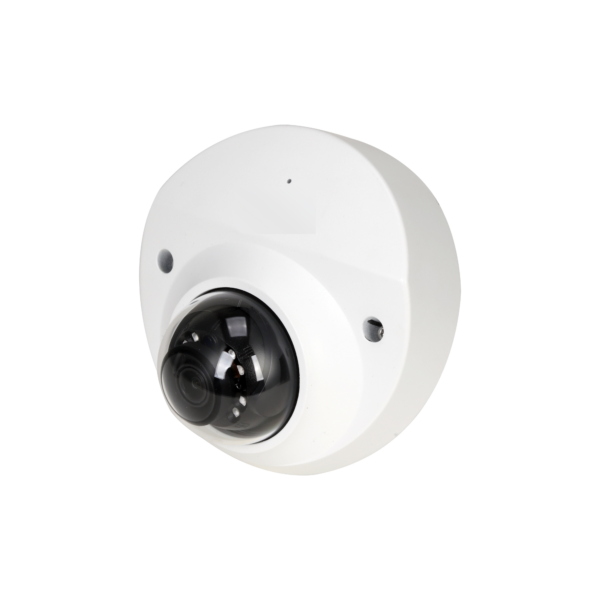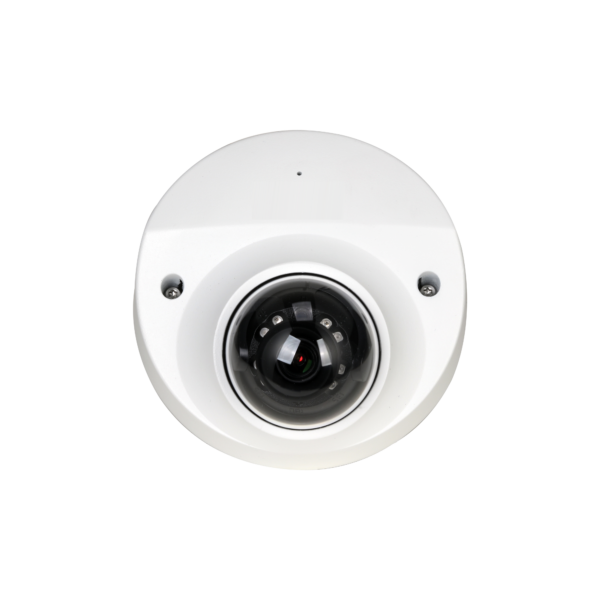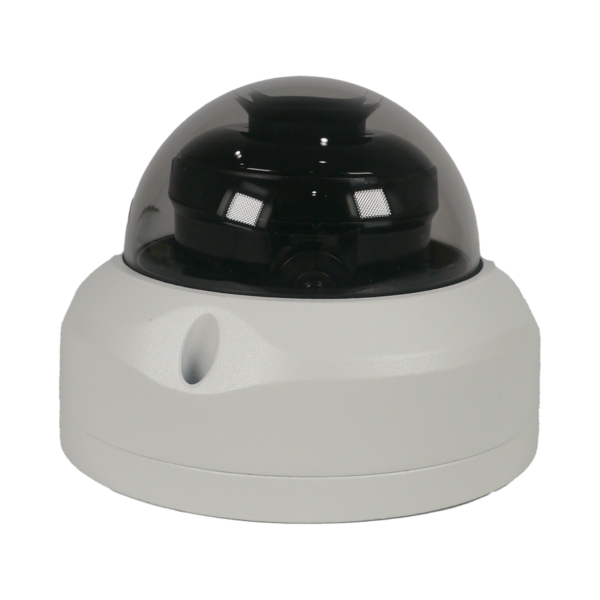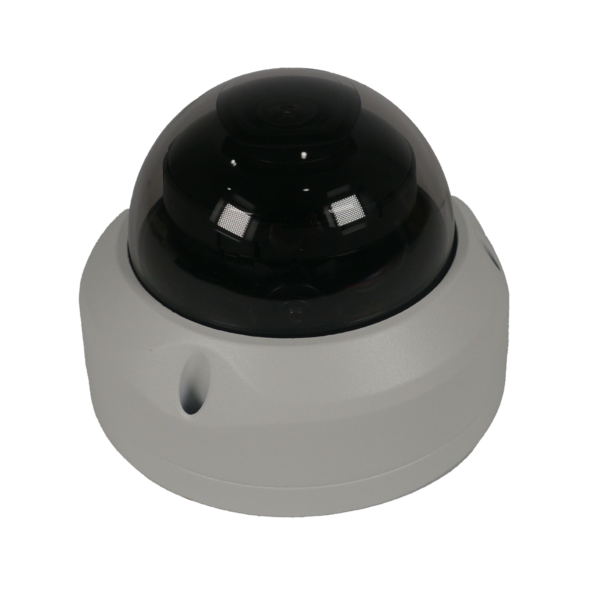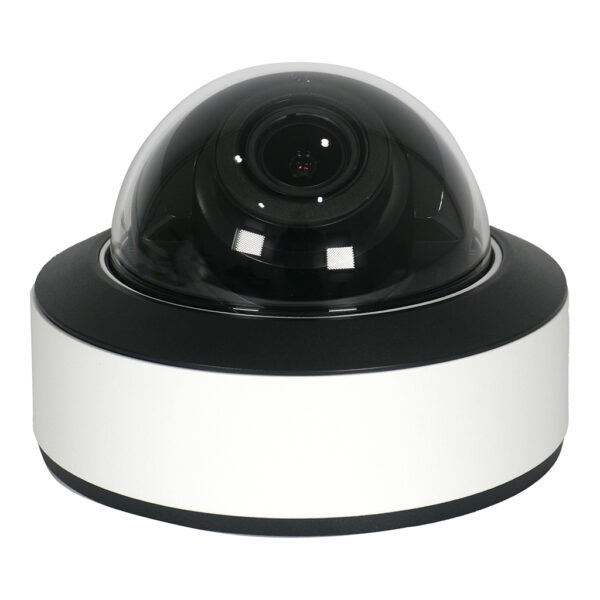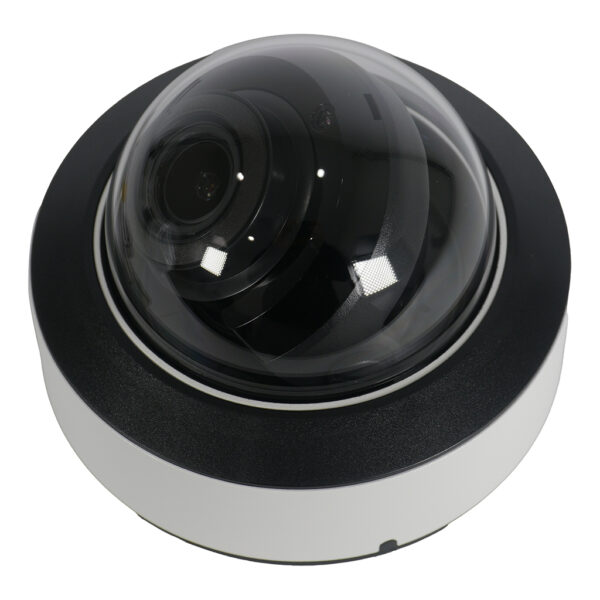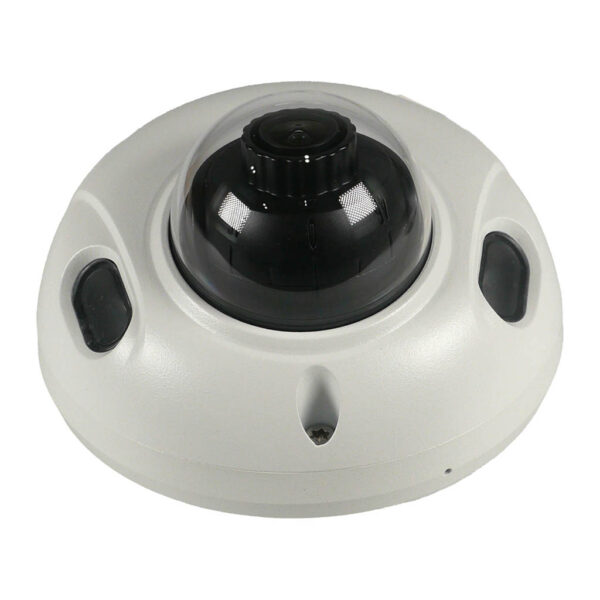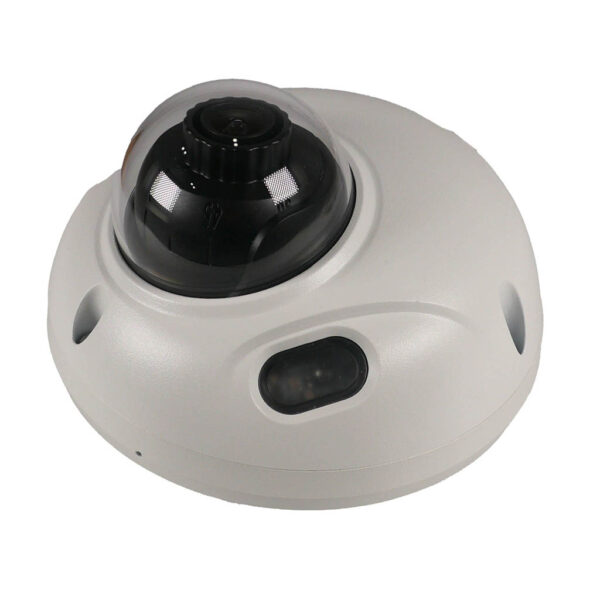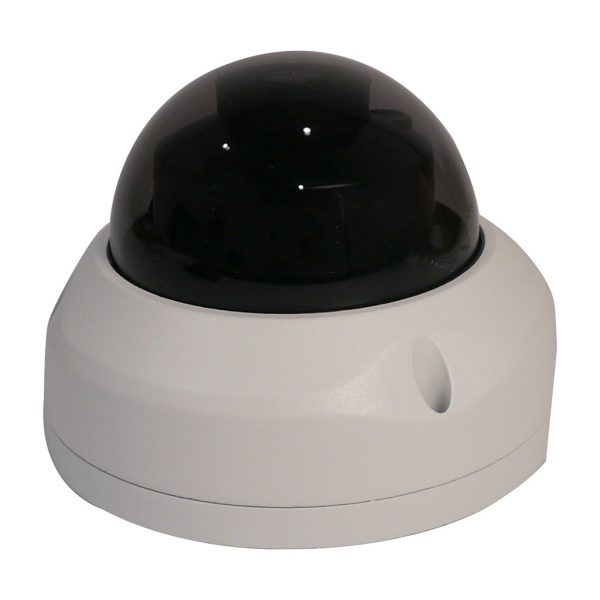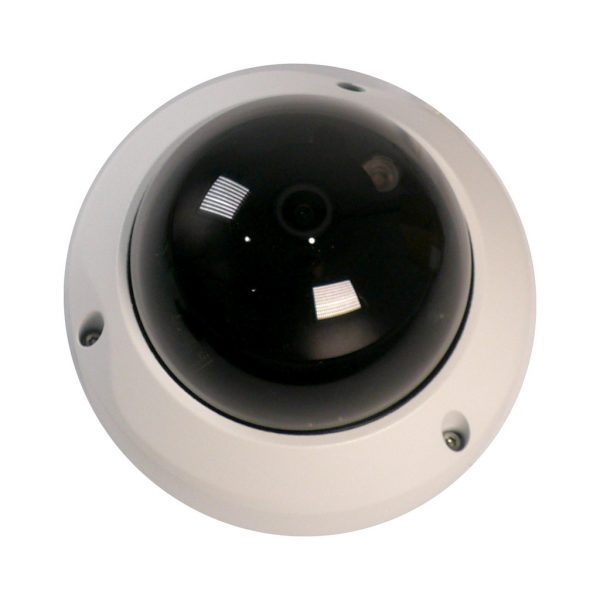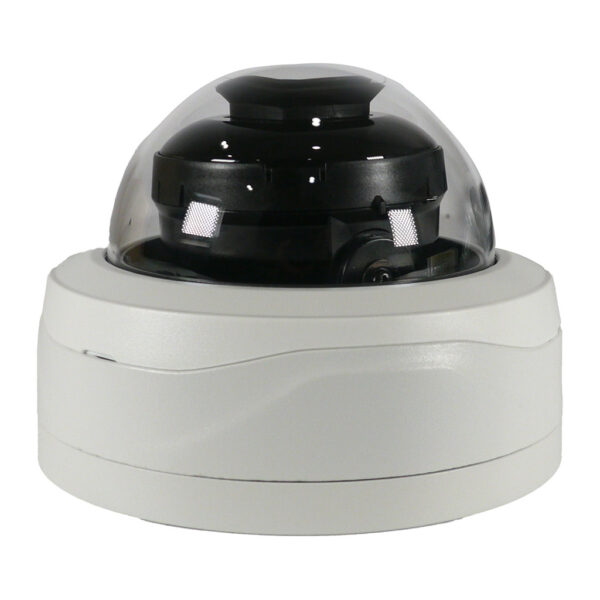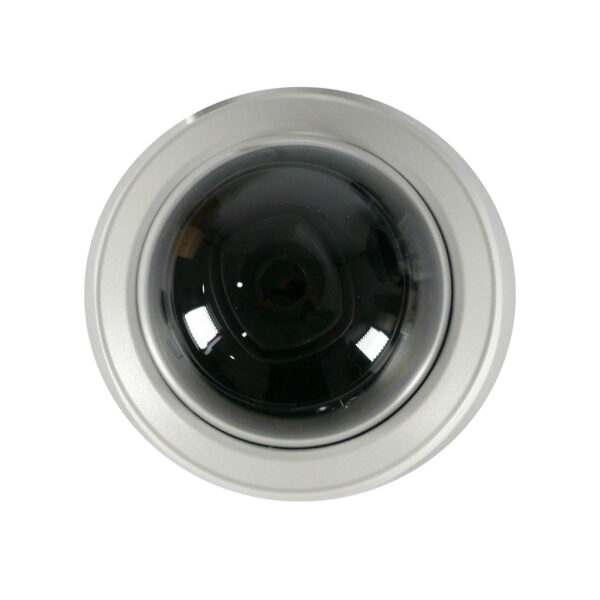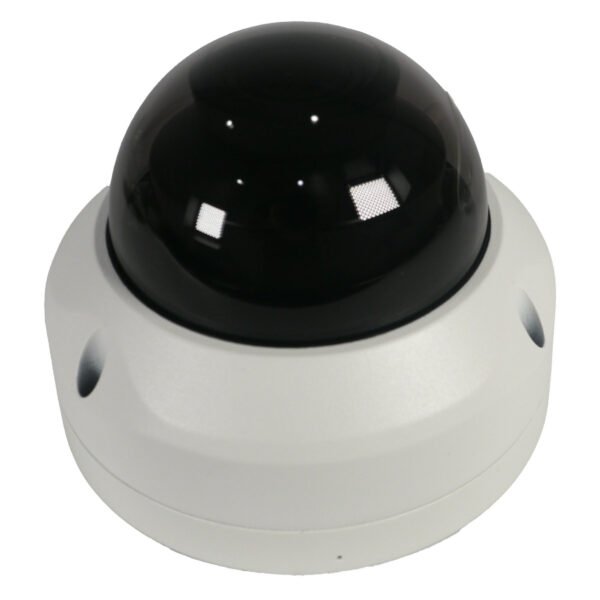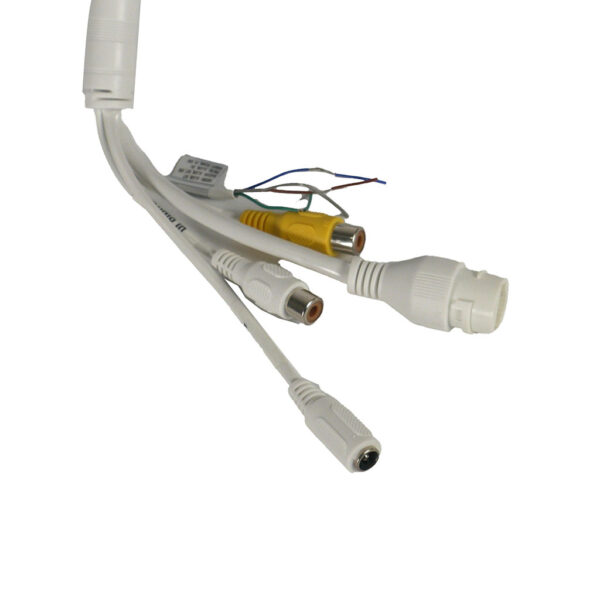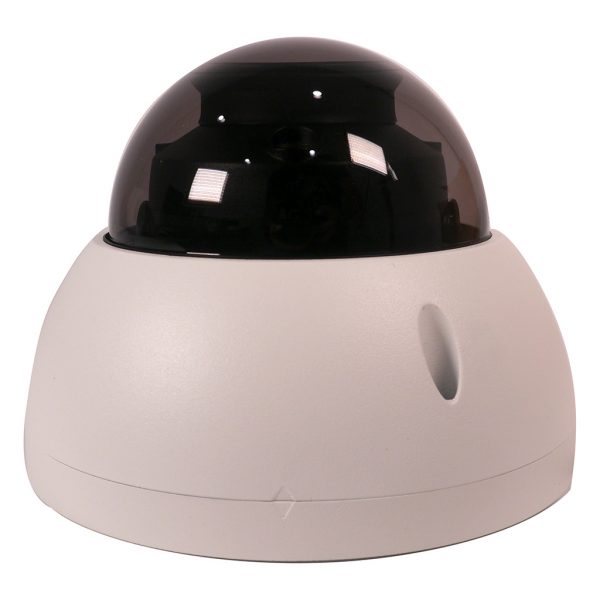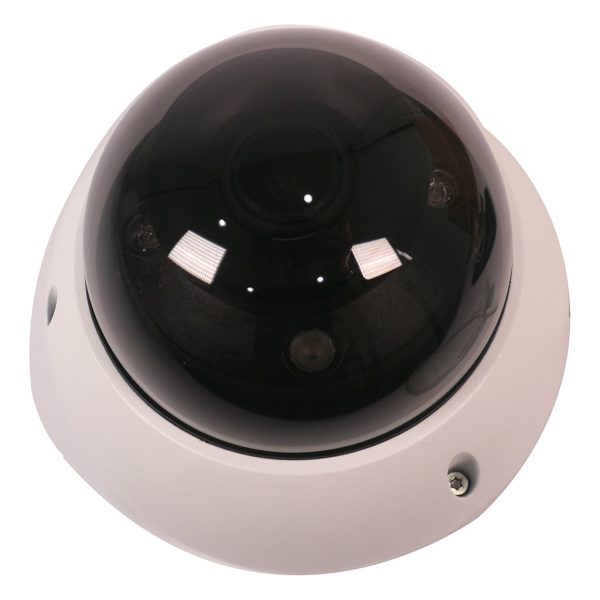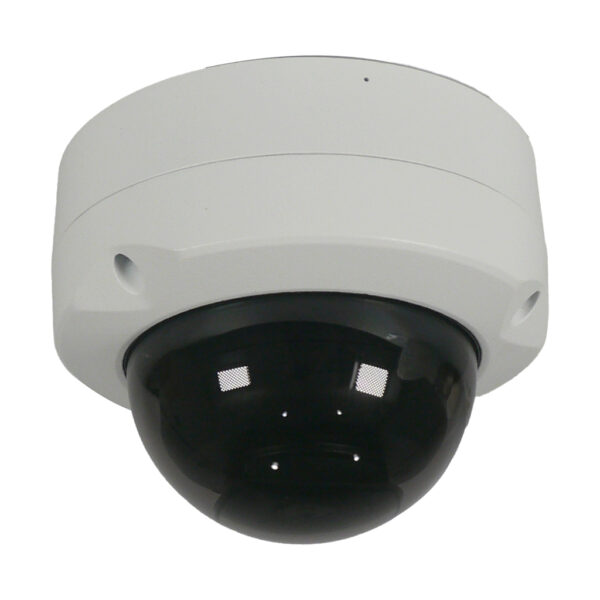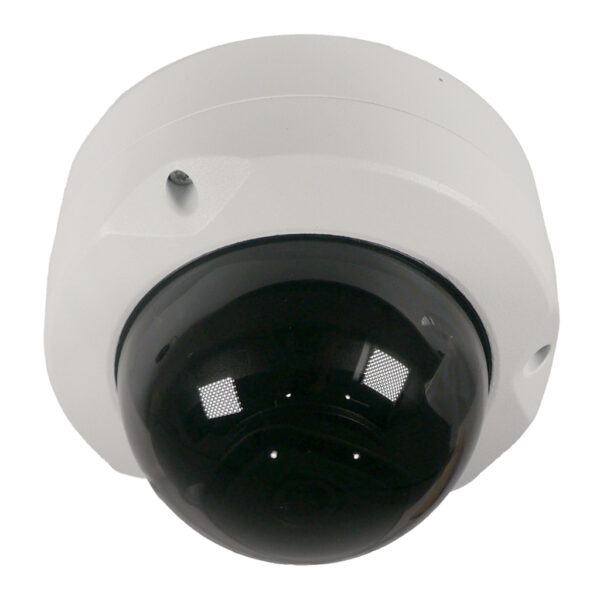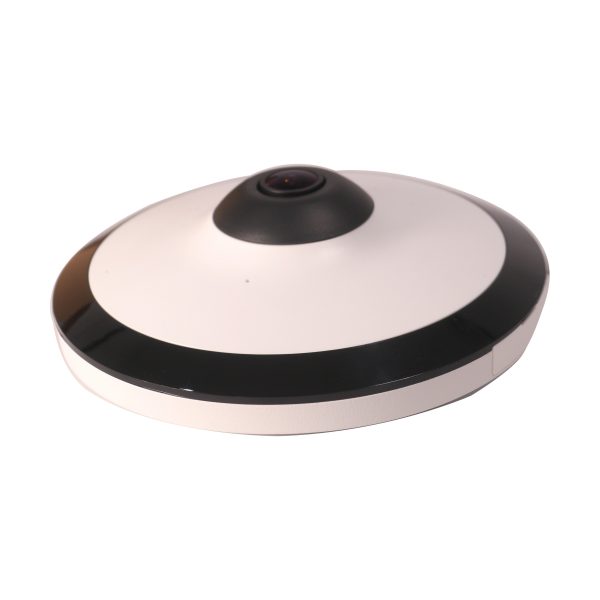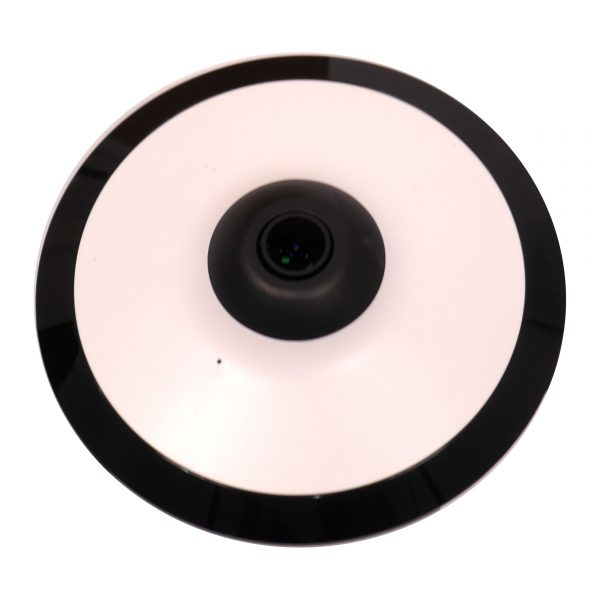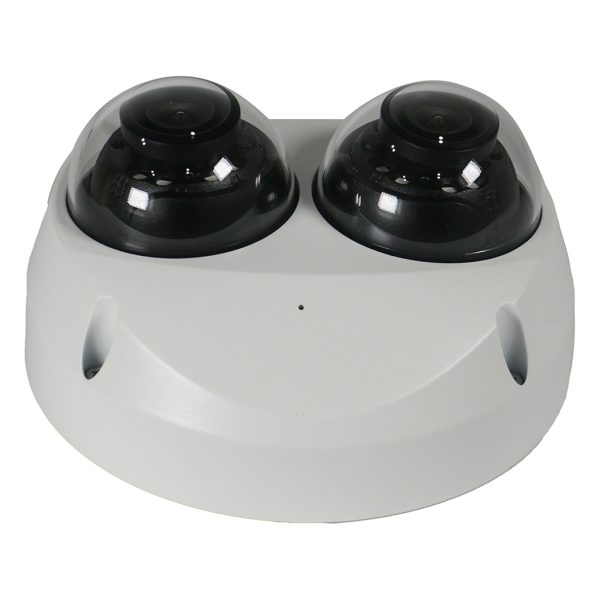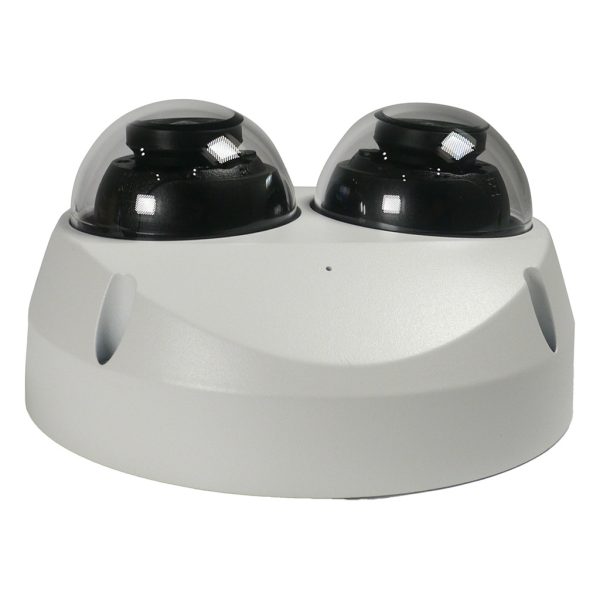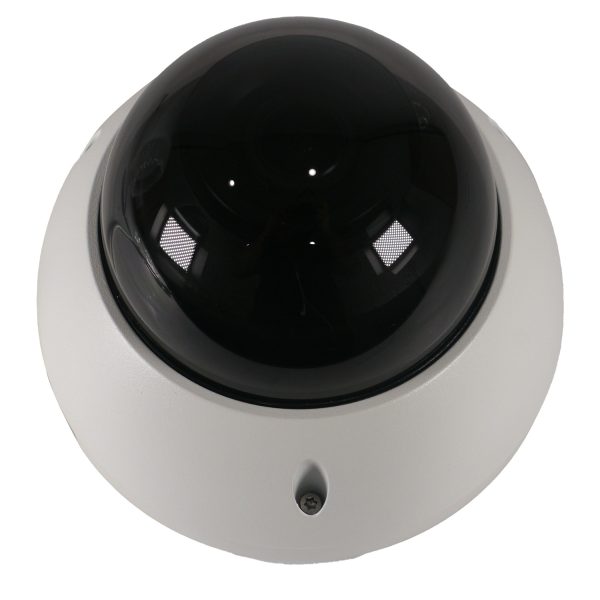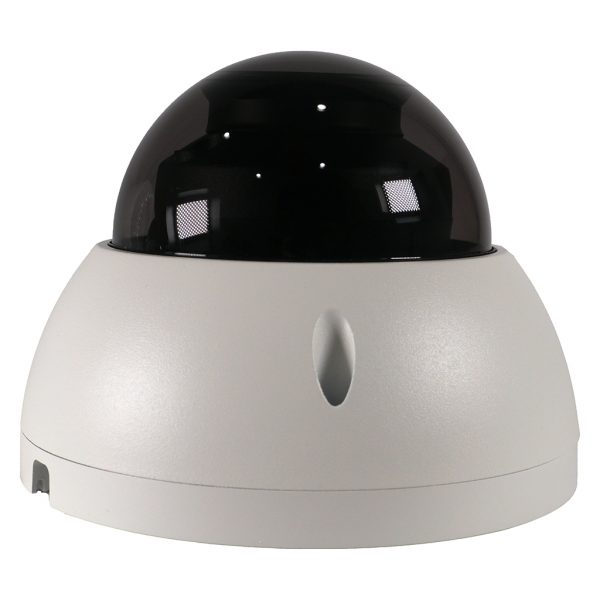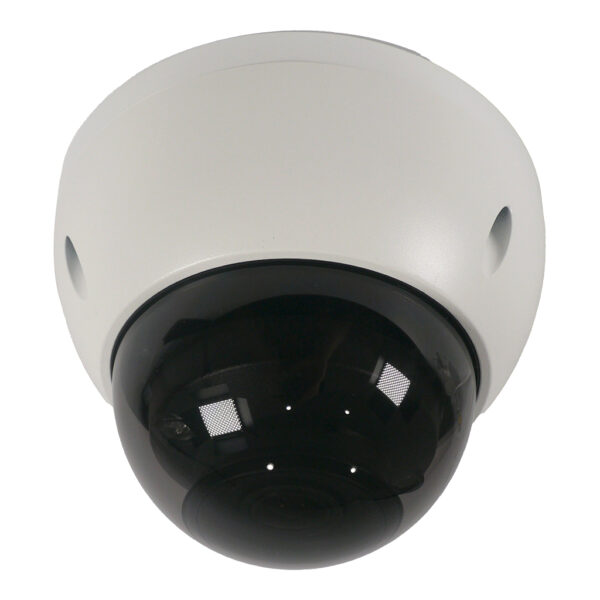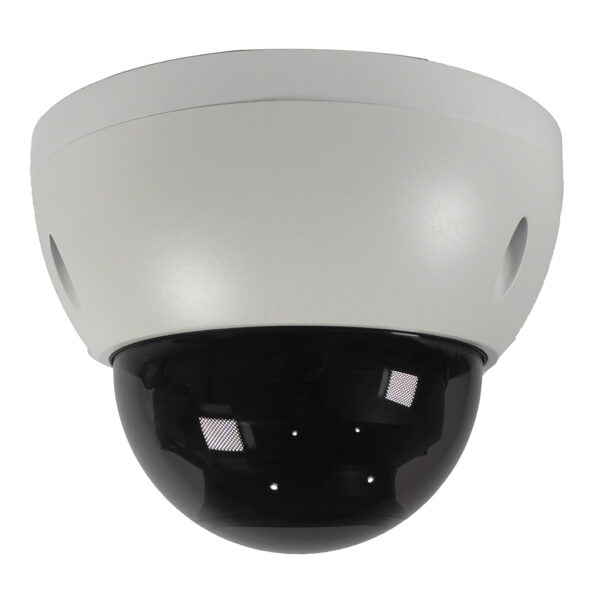Vandal Proof Dome Security Cameras
One of the problems with adding security to your home or business is that the cameras themselves can become the target of tampering and vandalism. These cameras are designed to resist impact from vandals as well as make it more difficult for anyone to make an unwanted adjustment to the camera view.
All of these options are exceptional values and very suitable for your home or business installation.
Showing all 13 resultsSorted by price: low to high
ELITE 4MP IP 2.8mm Lens Vandal Dome Camera with Built in Mic
Specifications
- Lens: 2.8mm Fixed Lens
- Max Resolution: 4MP
- IR Distance: 98 ft
- Impact Protection: IK10
- Audio: Built In Mic
- SD Card Compatible: Micro SD Card ( up to 256Gb can be installed)
- Perimeter Protection: Yes
- Object Detection: No
- Face Detection: No
- Face Recognition: No
- Smart Motion Detection: No
- LPR: No
ELITE 4MP IP Fixed Lens Vandal Dome
Specifications
- Lens: 2.8mm Fixed Lens
- Max Resolution: 4MP
- IR Distance: 98.43 feet
- Impact Protection: IK10
- Audio: Built In Mic
- SD Card Compatible: Yes
- Perimeter Protection: Yes
- Object Detection: No
- Face Detection: Yes
- Face Recognition: No
- Smart Motion Detection: Yes
- LPR: No
8MP Motorized HD Vandal Dome
Specifications
- Lens: 2.8-12mm Motorized Lens
- Max Resolution: 8MP
- IR Distance: 65 feet
- Impact Protection: IK10
- Perimeter Protection: No
- Object Detection: No
- Face Detection: No
- Face Recognition: No
- Smart Motion Detection: No
- LPR: No
ELITE 4MP IP AI Vandal Dome with WDR and Built-In Audio
Specifications
- Lens: 2.8mm Fixed Lens
- Max Resolution: 4MP
- IR Distance: 98 ft
- Impact Protection: IK10
- Audio: Built In Mic
- SD Card Compatible: Micro SD Card ( up to 256Gb can be installed)
- Perimeter Protection: Yes
- Object Detection: No
- Face Detection: No
- Face Recognition: No
- Smart Motion Detection: Yes
- LPR: No
ELITE 5MP IP Fixed Lens AI Vandal Dome W/External Mic Audio & EPoE
Specifications
- Lens: 2.8mm Fixed Lens
- Max Resolution: 5MP
- IR Distance: 164 FT
- Impact Protection: IK10
- Audio: Capable With External Mic
- SD Card Compatible: Yes
- Perimeter Protection: Yes
- Object Detection: Yes
- Face Detection: Yes
- Face Recognition: No
- Smart Motion Detection: No
- LPR: No
Save 10%
ELITE 8MP 2.8mm IP Vandal Dome Camera with Starlight
Specifications
- Lens: 2.8mm Fixed Lens
- Max Resolution: 8MP
- IR Distance: 98 ft
- Impact Protection: IK10
- SD Card Compatible: Supports max. 256 GB Micro SD card
ELITE 4MP IP Motorized Lens Vandal Dome Camera
Specifications
- Lens: 2.7 mm–13.5 mm Motorized Varifocal
- Max Resolution: 4MP
- IR Distance: 131 ft
- Impact Protection: IK10
- Audio: Built In Mic
- SD Card Compatible: Yes
- Perimeter Protection: Yes
- Object Detection: No
- Face Detection: No
- Face Recognition: No
- Smart Motion Detection: Yes
- LPR: No
ELITE 5MP IP Motorized Lens AI Vandal Dome W/External Mic Audio & EPoE
Specifications
- Lens: 2.7-13.5mm Lens
- Max Resolution: 5MP
- IR Distance: 131 Feet
- Impact Protection: IK10
- Audio: Capable With External Mic
- SD Card Compatible: Yes
- Perimeter Protection: Yes
- Object Detection: Yes
- Face Detection: Yes
- Face Recognition: No
- Smart Motion Detection: No
- LPR: No
ELITE 5MP IP Fixed Lens AI Fisheye Vandal Dome W/Built in Mic
Specifications
- Lens: 1.4mm Fixed
- Max Resolution: 5MP
- IR Distance: 32 FT
- Audio: Built In Mic
- SD Card Compatible: Yes
- Perimeter Protection: Yes
- Object Detection: No
- Face Detection: No
- Face Recognition: No
- Smart Motion Detection: No
- LPR: No
ELITE 2X 4MP IP Dual-Directional Lens Vandal Dome W/Built in Mic
Specifications
- Lens: 2.8mm Lens
- Max Resolution: 4MP
- IR Distance: 30 m (98.43 ft)
- Audio: Built In Mic
- SD Card Compatible: Up to 256Gb SD Card Capable
- Perimeter Protection: Yes
- Object Detection: Yes
- Face Detection: Yes
- Face Recognition: No
- Smart Motion Detection: Yes
- LPR: No
Vandal Dome Camera Terminology
AWB - A surveillance camera's image sensor collects the light that is reflected off of objects. That is how it "sees". In recorded footage, color is very important. You want to be able to identify the color of a car or the color of clothing in order to catch a criminal. Colors can look very different in flourescent lighting and in incandescent lighting. To overcome this, many modern surveillance cameras use AWB or Auto White Balance. This function takes place in the DSP of the camera and performs color correction. It does this by analyzing the scene in black and white and determining what is truly black and what is truly white. Based on this information, the camera can extrapolate all other colors in the spectrum with surprising accuracy. BLC - Often, an object being viewed by a security camera is lit very strongly from behind. This can make the object dark and unrecognizable. A security camera can overcome this by utilizing BLC or BackLight Compensation. This technology is a function of the DSP of the camera. The DSP analyzes the image and recognizes that the brightest portion of the image is backlighting. The DSP adjusts the view so that the darker portions of the image are lightened up so that they can be seen. In extreme cases, BLC is not sufficient to overcome this scenario and a WDR camera must be used. CCD - All digital cameras contain an image sensor. In comparison with the human eye, this would be the retina. Light is collected on the image sensor and converted to an electrical signal. The two most common types of image sensors are CCD and CMOS. CCD stands for Charged Coupled Device. A CCD is normally used in scientific, industrial, and photography applications due to its high quality image. The disadvantage to using a CCD is that it requires multiple supporting chips to achieve a high quality image. This places restrictions on how small a manufacturer can make a surveillance camera. CMOS - Complementary Metal Oxide Semiconductors or CMOS chips have historically been used in lower quality cameras due to their lower quality images and less expensive manufacturing processes. However, in recent years, CMOS technology has improved to the point that it meets and often exceeds the imaging quality of CCD type image sensors. The major benefit of CMOS is that the chip can be manufactured with all supporting circuitry included on the chip. This allows manufacturers to product smaller cameras. Day/Night Camera - There are many times when a surveillance camera is used in an environment where there is low light at night. In order to achieve the best images regardless of lighting levels, a day/night surveillance camera is used. A day/night camera takes advantage of an image sensor to be able to see light that is outside our normal range of vision, i.e. infrared. During the day, infrared light must not be allowed to enter the camera as it can cause image distortion. But during periods of low light, infrared light can be used to help enhance the camera's ability to see. There are two methods of achieving this. A standard day/night camera uses its DSP to digitally filter out the infrared during the day, and not in low light. A TRUE day/night camera uses a physical filter that is placed in front of the image sensor during the day to fileter out the infrared light. In low light, the filter is mechanically removed using a motor or actuator to allow the infrared into the camera. DNR - Any time an image processor collects light from a scene, there is a chance that image noise will be created. Dust particles, electronic interference, and other environmental factors can add noise to a scene. This is especially problematic when a security camera is being used in a surveillance system to record only when there is motion. In order to overcome this, some cameras implement DNR or Digital Noise Reduction. This uses an algoritm, or formula to determine which pixels in the scene are noise, and which pixels are the image you want to capture. These types of surveillance cameras contain advanced DSPs to be able to perform this image manipulation. DSP - All surveillance cameras use a DSP or Digital Signal Processor to perform image manipulation. Whether the camera is a day/night surveillance camera, a WDR security camera, or does any sort of DNR, AWB or BLC, the DSP is used to process the image before it is sent to the DVR. Field of View - A security camera's field of view or FOV is determined by the focal length of the lens. A long focal length lens will result in a "tight" shot and a short focal length will result in a "wide" shot. "Wide" or "tight" refers to the angle of view of the shot. There is both a horizontal and vertical FOV. The horizontal is the side-to-side angle and the vertical is the up-down angle. The chart below demonstrates the relationship between focal length and angle of view or FOV.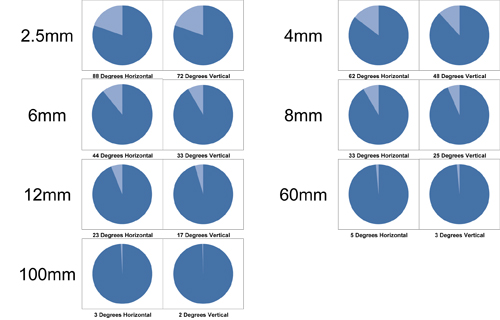
|
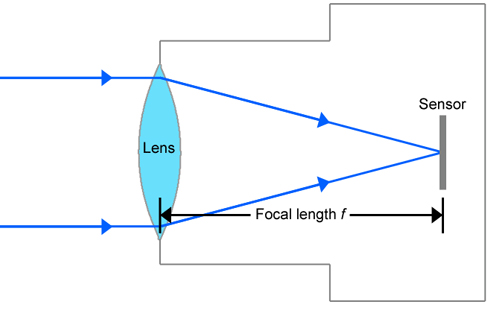
|
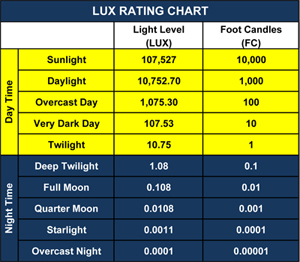
|
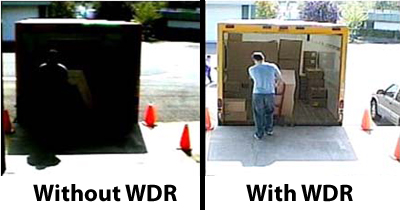
|

